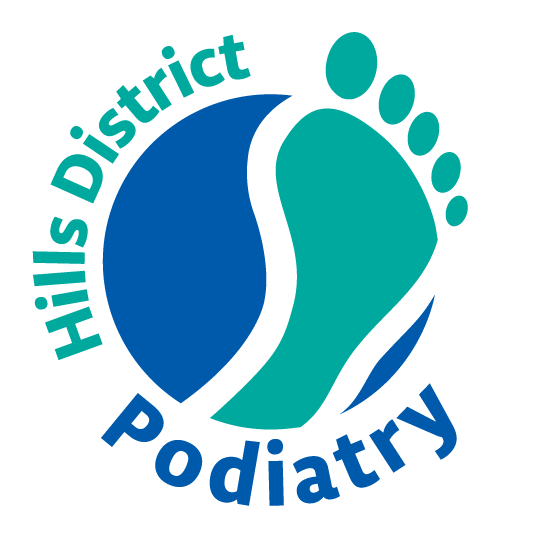Are Custom-Fit Orthotics The Solution To Your Heel Pain?
Foot pain can drag you down. Our feet take us where we want to be. When the simple task of walking across the room brings pain, finding a solution becomes critical.
The cause of heel or arch pain can be the result of a flattening or a falling of the arch, which causes the foot to then lengthen, stretching the plantar fascia. This stretching can cause inflammation of the plantar fascia, resulting in heel pain.
To relieve the tension and inflammation of the plantar fascia, the arch of the foot may require support to reduce the load we put on our feet. There are a number of shoe inserts (orthotics) sold in stores that claim to do this, but many of these will fail.
Why Your Over-The-Counter Supports Aren’t Working
- Over-the-counter orthotics are not designed specifically for your foot, so the likelihood of them fitting as they should is unlikely. Moreover, generic devices are not designed to alleviate any specific pathology.
- Heel pads won’t treat plantar fasciitis. It may seem that when you have pain in the heel, you should cushion the heel. While this extra cushion may feel okay initially, it will not alleviate the chronic pain of plantar fasciitis because it doesn’t address the underlying cause.
Why Custom Orthotics Work
Custom orthotics are made specifically for your foot. Custom orthotics for plantar fasciitis reduce load on the fascia because they are specifically designed to place your foot in a position to do so. Custom orthotics are shoe inserts that should be worn daily to reduce loading of the plantar fascia.How To Deal With Heel Pain Early To Prevent Chronic Plantar Fasciitis
When you first experience heel or arch pain, don’t ignore it. This early and acute pain may be dealt with before a chronic injury of the plantar fascia sets it.Suggestions for heel or arch pain:
- Change your shoes. Try only wearing supportive joggers or stiff work shoes to see if this relieves your pain.
- Ice your heel. Try icing your heel each evening to reduce inflammation.
- Stretch your calf muscle. Stretch your calf muscle by extending your knee (straightening) and leaning into a wall until the calf muscle tightens. Hold for 30 seconds. Repeat 2 – 3 x daily. Stretch the sole of the foot by pulling the toes backwards over the top of the foot.
- Massage the arch of the foot and into the heel. A foot roller, ball or bottle can be used for about 10 minutes once a day to gently stretch the fascia, reducing tension on it.
- Don’t go barefoot. You’ll need to support your feet at all times to reduce load on the plantar fascia. When not wearing shoes, try thongs or sandals with an arch support built in.
- Lighten your load. Don’t carry heavy loads that your feet have to support. Any weight you lose will reduce load on the injured plantar fascia.
- See a podiatrist. If you are still having heel or arch pain after 3 weeks of trying these at-home treatments, see a podiatrist. You likely have a chronic inflammation of the plantar fascia and may need a custom-fitted orthotic for plantar fasciitis. A podiatrist can fit you with a custom orthotic to reduce load and get you on the road to recovery.
